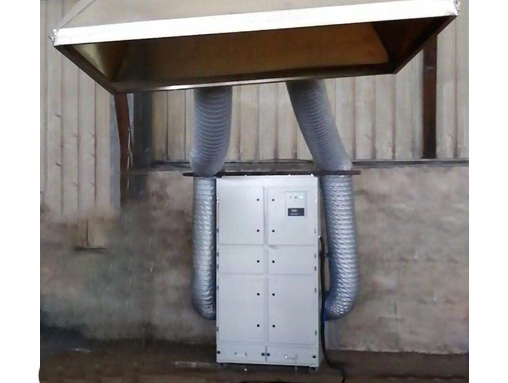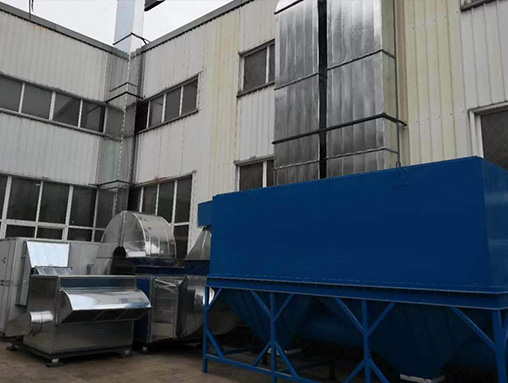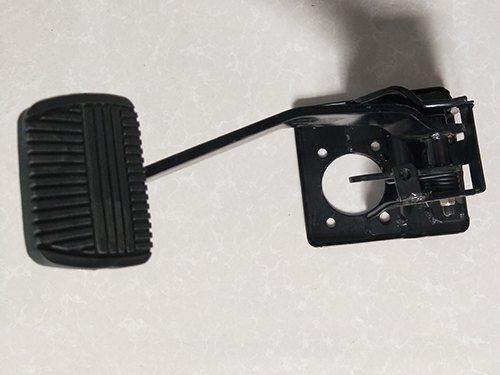Quality improvement activities for stamping parts and existing problems in autom
1、 Stamping quality activities have always promoted the "self process" activity in quality activities, constantly reflecting on the nature and rationality of quality inspection processes, using quality inspection positions as tools for investigating the causes of non-conforming products, analyzing their data, establishing good product conditions for qualified parts, shifting management from product inspection to monitoring manufacturing conditions, and minimizing and reducing the number and frequency of quality inspection positions, thereby fundamentally reducing production costs. However, in the actual process, the establishment and monitoring of good product conditions still cannot generate unqualified products. At this time, it is necessary to analyze the deviation of good product conditions, including meeting the good product conditions but the quality of the parts is unqualified, and not meeting the good product conditions but the quality of the parts is qualified. Further refinement and refinement of good product conditions can further reduce maintenance and production costs. According to this logic, there are currently two main types of quality activities in the stamping workshop, namely stamping parts; The improvement of quality refers to the occurrence or outflow of quality defects caused by human errors. For the quality activities of stamping, the "Stamping Part Quality Evaluation Form" is mainly used. The evaluation content classifies and grades potential quality defects from the aspects of quality, function, and risk, formulates relevant and preventive plans, identifies weak links in processes and techniques, and gradually improves product process capabilities and stamping part product quality. For the class, it is analyzed based on the main quality problems currently existing in the stamped parts, and then analyzed. The major quality issues of stamped parts include cracking, hidden cracking, material shortage, shortage, wrinkling, and deformation. These issues seriously affect the quality of stamping. Each team in the stamping workshop can develop different related countermeasures based on different production characteristics, regularly hold stamping part quality improvement activities, and evaluate stamping parts. The main evaluation items include burr change, plate thinning, and the risk of cracking caused by CP/CPK changes. The workshop implements and confirms the quality proposals of each team on a monthly basis, avoiding scrap and major quality defects, and steadily improving the quality of stamped parts. At present, most of the inspection of stamped parts still relies on manual labor, which results in high labor and management costs. It is difficult to achieve a good balance between inspection efficiency and detection rate, which also restricts the quality improvement of stamped parts. In terms of quality management of stamped parts, we should actively introduce new quality inspection technologies, such as machine vision inspection technology, which can identify quality defects of stamped parts, including burrs, missing materials, wrinkles, scratches, embossing, cracking, etc. For the class, it is mainly aimed at preventing poor quality or leakage of stamped parts caused by personnel before process errors occur. The main measures are automatic action, alarm, identification, classification, etc., which can prevent errors even if the operators are negligent, that is, to predict and prevent possible errors. The production team carries out such activities on the abnormal points of the production line, which affects the quality and production of the production line to prevent errors. Personnel are arranged to supervise the implementation of error prevention, and workshop indicators are achieved. When employees rely solely on visual or sensory inspection during the operation process, it is difficult to determine whether the incoming materials are in place, or due to the difficulty in distinguishing the structure of the parts, there may be reverse placement and poor quality, which directly leads to quality problems. If the above situation occurs, the production team should immediately analyze the problem, add molds or automated error prevention devices to avoid the billet not being placed in place or the billet direction being incorrect. After completion, the final evaluation will be made by the technician and relevant departments based on the usage effect, and after passing the verification, it will be officially put into use. Add the added mold error prevention positioning to the mold inspection checklist, and have the operator inspect it before each production shift. 2、 The existing problems of automotive stamping parts include difficulty in meeting production quality standards, low on-site debugging efficiency, and the need for optimization in gap adjustment. This article analyzes the existing problems in the debugging of automotive stamping parts. 1. The difficulty in meeting production quality standards hinders the improvement of overall vehicle quality. As is well known, there are strict requirements for the strength, stiffness, and performance of stamped parts in the production of automobiles. In the actual production process, metal stamping parts; Often, significant bending rebound and local thinning and cracking occur, seriously affecting the quality of the entire vehicle. Secondly, if manufacturers blindly handle the problems that arise during the debugging process, it will inevitably increase investment, resulting in an increase in the cycle and cost of stamping parts and mold manufacturing. Therefore, optimizing the stamping process and debugging are the key to solving the above problems in order to ultimately achieve good production quality goals. 2. The impact of low on-site debugging efficiency is global. Generally speaking, the low efficiency of on-site debugging is mainly due to the fact that during the debugging process of the stretching die, the staff did not solve the contradiction between cracking and wrinkling, resulting in problems during the debugging process. Secondly, during the stretching debugging process, the staff need to analyze whether the workpiece is in a good stress state, and based on this, they should correctly use plastic deformation theory according to the specific state of the workpiece. However, because many workers cannot meet this job requirement, the staff should analyze the specific problem and find a solution to achieve a good mold debugging effect. 3. The gap adjustment needs to be optimized. The existing problems in the debugging of automotive stamping parts are still reflected in the need to optimize the gap adjustment. Generally speaking, the gap adjustment that needs to be optimized mainly refers to the inability to control the gap to a uniform state during the secondary debugging process. Therefore, under this premise, the staff can only do a good job of gap fitting and make corrections according to the stress state, otherwise the mold debugging work cannot be done well. And in this process, due to the tolerance range of the dimensions of the stamped parts, designers should carry out gap design correction work. If the staff can solve the problem of gaps and ensure the smooth progress of the sheet metal stretching process, the problem of wrinkling in the parts will be controlled.







